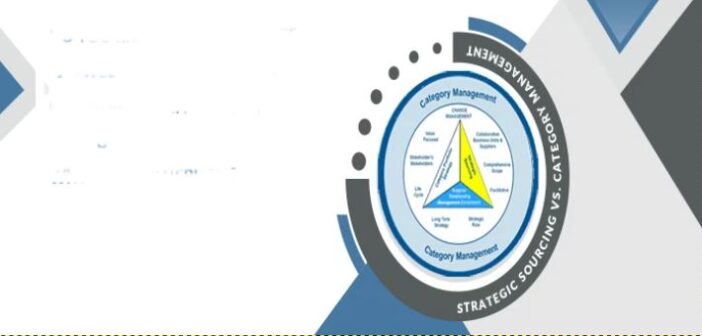If you have followed us for any length of time, you know that being a Strategic Consultant to our stakeholders is something we think is absolutely critical if we have any interest in moving from a tactical cost cutter to a business partner role. As part of that, we are sometimes forced to have some uncomfortable conversations about the mix of what activities are being performed internally and what activities should be performed by suppliers. We called this Strategic Portfolio Management and I wanted to share a client example that I thought would be useful.
Let’s define what Strategic Portfolio Management (SPM) is first. Companies often assess internal functions with the intent of improving performance, responsiveness, cost and flexibility. However, most of the times these are done in isolation as part of specific tactical projects and NOT as a systematic corporate wide approach. They typically will result in options like:
- Insourcing
- Consolidation/standardization
- Strategic alliances
- Outsourcing
However, integrating these one-off tactical projects into a more comprehensive, systematic framework may be required in order to realize significant benefits across the corporation. Strategic Portfolio Management provides a top-down framework for assessing and realigning functions within an organization. And there is no other function equipped to lead this and therefore it is a major opportunity for our function to step in and provide this leadership.
Using our client example, we were helping them look at their IT function and they were broken down into these segments:
- Application Development
- IT Architecture
- Data Center
- LAN and Desktop
- Telecom/Network
And based on their Strategic Value Drivers (Improved Service Levels, Reduce Risk, Lower costs, Increase Responsiveness and Lower Risk), we were able to help them evaluate their segments and develop a new matrix where IT Architecture(Strategic and Critical – keep it close to the business) would remain Insourced, Telecommunications would be outsourced and Transaction Processing(where they were a major player in their industry because of their sheer volume and therefore potential for Value Enhancement), they should look at an alternative form of sourcing involving setting up a strategic alliance with a mid size player where the client could reap some financial benefits. I am obviously minimizing the complexity of the analysis for brevity but these are the kinds of analysis that our function MUST provide leadership on.
For those functions that were deemed to be candidates for outsourcing (BPO), we helped them develop some baseline criteria based on their Strategic Value Drivers and here were some of them:
- BPO Experience – Must have relevant process experience or experience in related areas
- Revenue / Staff Growth – Addition of XYZ business should not result in increase of more than 20% of revenues or BPO staff
- Years in Business – Number of years BPO experience, indicates viability/longevity.
- Delivery Locations – Measure of maturity of Supplier’s offshore delivery capability to global customers.
- Management Experience – Management team with industry experience
- Prior Experience – Core Team experience working with Suppliers
An additional step that we recommended to the client is to conduct what we called Reverse Due Diligence for the short listed suppliers:
- Suppliers deep dive into XYZ requirements
- Suppliers were provided Reverse Due Diligence Kit in advance, contained current:
- Processes, Policies, Procedures
- Service Levels and Performance Metrics
- Training and Support Materials
- Sessions conducted at corporate offices with core team
- XYZ operations presentations
- Core process demonstrations
- Operations floor walk
A significant amount of time and effort was expended by our client in the Reverse Due Diligence as we convinced them that the return would be a significantly higher quality of proposals and reduced risk. These are the types of activities that we as a function can and MUST take leadership roles on because no on else can or will.


